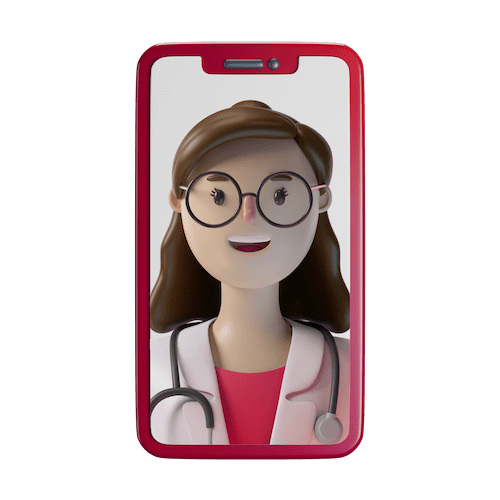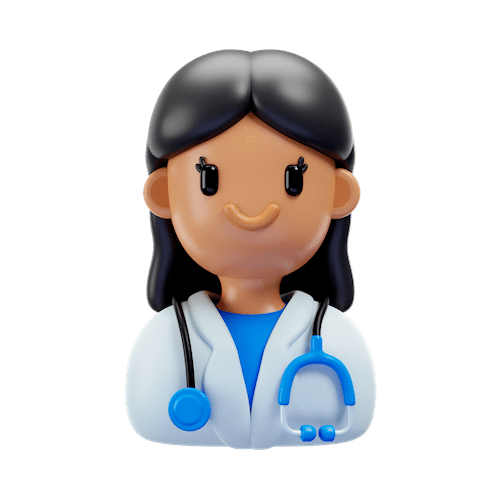Your 24-Hour Doctor | Consult Now
Recently, the demand for general practitioner (GP) appointments has increased massively, surging the struggle in Australians to secure the appointments. Whether it’s due to busy schedules, geographic barriers, or the sheer volume of patients, getting an in-person appointment with a GP has become increasingly difficult. This issue has brought up the need of the importance of alternative solutions, particularly the rise of online doctors and online Telehealth doctors.
The Increasing Demand for GP Services
According to a report by the Australian Institute of Health and Welfare (AIHW), the average wait time to see a GP in Australia can be up to three weeks, particularly in rural and remote areas. Even in urban settings, finding a convenient appointment can be challenging due to high patient loads and limited availability. In this situation patients are often left waiting for essential medical advice or treatment, exacerbating health concerns.
The Result of Delayed Appointments
When GP appointments are delayed, it can have significant consequences on health outcomes. When patients are unable to see a doctor promptly, they may experience worsening symptoms or miss early detection opportunities for more serious conditions. For those with chronic conditions, the inability to secure regular consultations can lead to poor management of their health, resulting in increased hospital admissions and more complex healthcare needs.
Furthermore, the frustration of long wait times can discourage individuals from seeking medical advice altogether, particularly for issues they perceive as minor. This delay in care can ultimately lead to more serious health problems, which could have been easily managed or prevented with earlier intervention.
The Role of Online Doctors in Bridging the Gap
The occurrence of online doctors has provided a much-needed solution to the challenges of accessing GP services. Online Telehealth platforms like Doctor Help allow patients to consult with qualified doctors from the comfort of their own homes, often with significantly reduced wait times.
These services have become particularly valuable during the COVID-19 pandemic, where in-person visits were limited, and the need for remote healthcare solutions became more apparent.
Online GP services offer a wide range of healthcare options, from diagnosing and treating common illnesses to providing online prescriptions and online medical certificates. This flexibility not only makes it easier for patients to get the care they need promptly but also helps to reduce the strain on traditional GP practices.
How Online Doctors Work:
Online doctors work through secure, user-friendly platforms that connect patients with licensed medical professionals via video, phone, or chat consultations. Here’s how it typically works:
1. Booking an Appointment: Patients can book an appointment online, choosing a time that suits them. Many platforms offer same-day appointments, reducing the need to wait for weeks to see a GP.
Benefits of Using Online GP Services:
1. Convenience: One of the most significant advantages of online GP services is the convenience they offer. Patients can consult with a doctor without leaving their home, making it easier to fit medical care into busy schedules.
Common Services Provided by Online Doctors?
• Online Prescriptions: Patients can receive prescriptions for medications directly through an online consultation, which can then be sent electronically to their preferred pharmacy.
Conclusion
In a time when accessing traditional GP appointments can be challenging, online doctors and online Telehealth doctors provide a valuable alternative. By offering timely, convenient, and accessible healthcare, these services help to bridge the gap, ensuring that patients receive the care they need without the long wait times. Whether you need an online prescription, online medical certificate, or simply a consultation for peace of mind, online GP services are here to help.
As the demand for healthcare continues to grow, the role of online doctors will only become more critical in ensuring that all Australians can access the medical care they need, when they need it. Embracing these services can lead to better health outcomes and a more efficient healthcare system overall.











